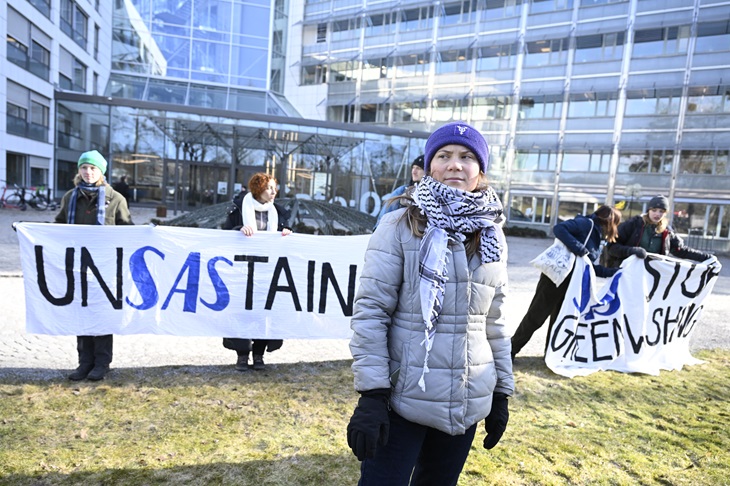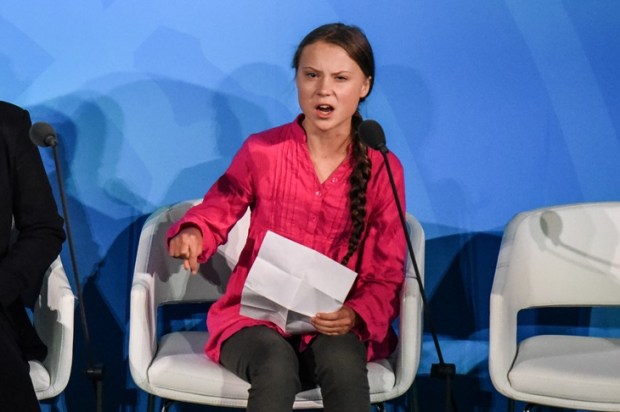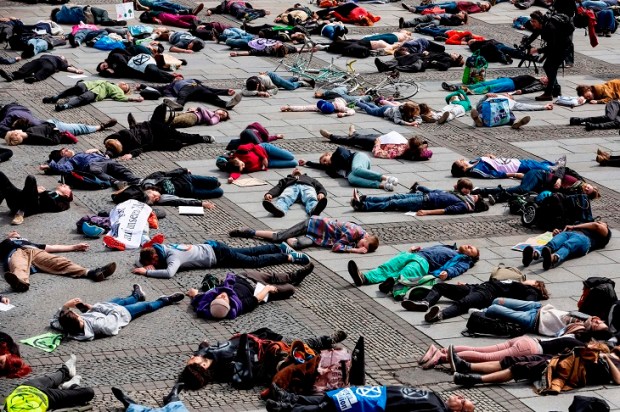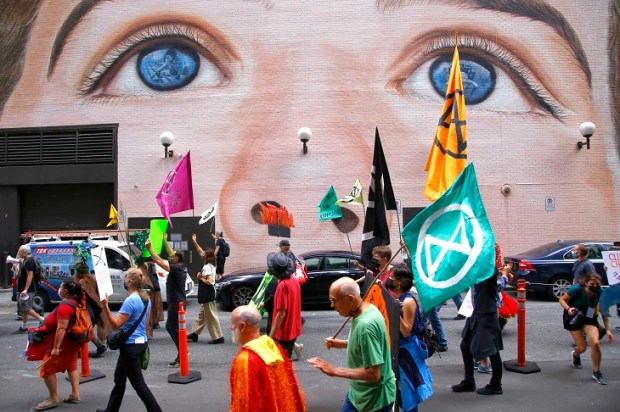On March 13, 2024, Greta Thunberg was dragged away from blocking the Swedish Parliament entrance for a second day. She was among 40 or so people protesting the ‘political inaction’ over climate change. (If only that were true, I sigh…) She’s been at it since even before her embarrassingly hammy How dare you! speech at the United Nations in 2019.
Already a subscriber? Log in
Subscribe for just $2 a week
Try a month of The Spectator Australia absolutely free and without commitment. Not only that but – if you choose to continue – you’ll pay just $2 a week for your first year.
- Unlimited access to spectator.com.au and app
- The weekly edition on the Spectator Australia app
- Spectator podcasts and newsletters
- Full access to spectator.co.uk
Or


























Comments
Don't miss out
Join the conversation with other Spectator Australia readers. Subscribe to leave a comment.
SUBSCRIBEAlready a subscriber? Log in